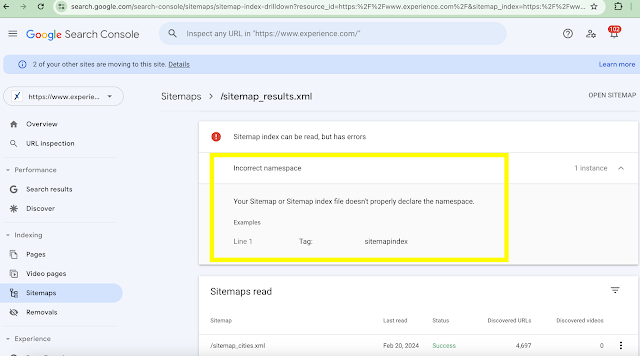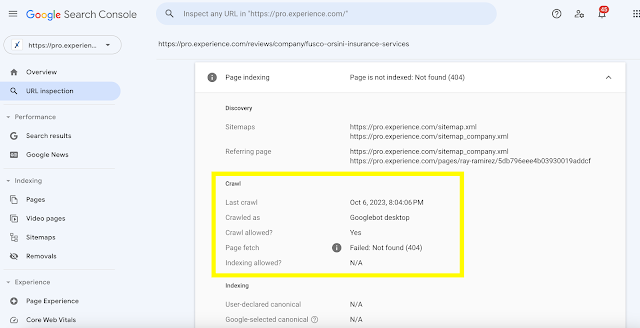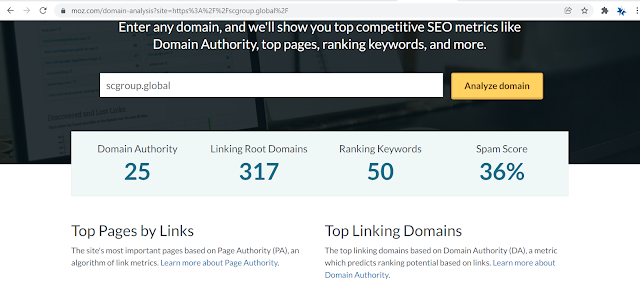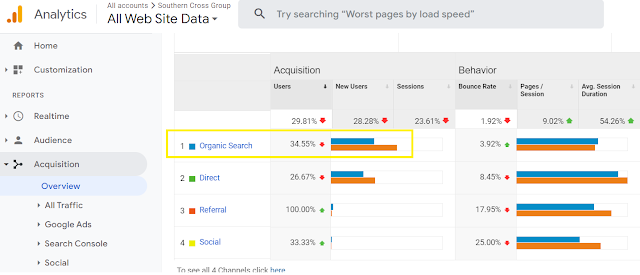Getting Indexed Fast: How I Used Python to Solve an SEO Problem
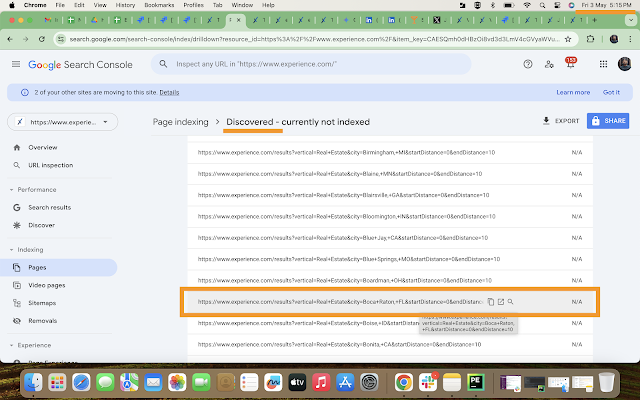
In the world of SEO, getting your web pages indexed by Google is crucial for visibility. I recently faced a challenge: a page was discovered by Google but wasn't showing up in searches. So, I decided to use a tool called the Google Search Console API along with Python, a programming language, to fix this issue. Understanding the Problem: Explaining the issue: Google knew about the page but wasn't showing it in search results. Why indexing matters: Having pages show up in search results is important for getting traffic to your website. Using the Google Search Console API: What the API does: It's a tool that helps us communicate with Google's systems. Making a Python script: I created a small program in Python to talk to the Google API. Finding the problem pages: The script helped me find the pages that Google knew about but wasn't showing in searches. Getting Instant Results: Running the Python script: I ran the program and saw immediate changes. Seeing the differen

